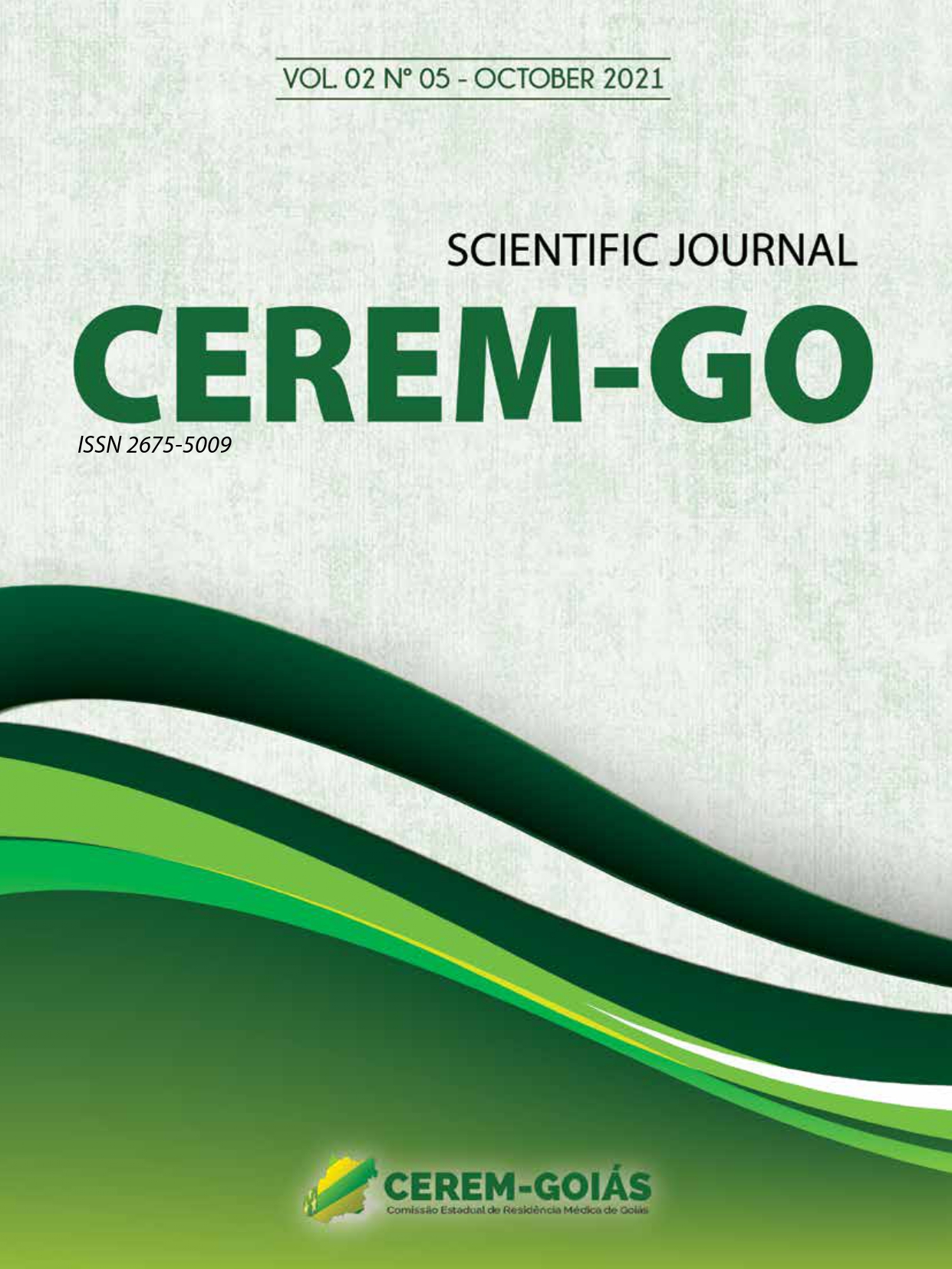ROLE OF THE TRANSESOPHAGEAL ECHOCARDIOGRAM IN THE DIAGNOSIS OF PERIOPERATORY LEFT VENTRICULAR DYSFUNCTION AFTER MITRAL VALVE IMPLANTATION
CASE REPORT
DOI:
https://doi.org/10.37951/2675-5009.2021v2i05.68Keywords:
TRANSESOPHAGEAL ECHOCARDIOGRAM, MITRAL PROSTHESIS IMPLANTATION, MITRAL REGURGITATIONAbstract
The mitral regurgitation (MR) is a highly prevalent valve disease worldwide and it can lead to important repercussions for the patient, with surgical mitral valve replacement being one of the main therapeutic approaches in these situations. Our case report refers to a male patient, 67 years old, alcoholic, with previous diagnoses of tricuspid regurgitation, right ventricular (RV) dysfunction and dilatation, ostium secundum interatrial communication and mitral valve disease. After presenting with dyspnea (NYHA III), orthopnea and oliguria, the patient was admitted at the intensive care unit being diagnosed with acute MR due to posterior leaflet chord rupture and pulmonary hypertension. Therefore, urgent surgical intervention with mitral bioprosthesis implantation, tricuspid valve repair and atrioseptorrhaphy was proposed. After anesthetic induction, a transesophageal echocardiogram (TEE) was performed, which showed RV volume overload, leading to suspicion of dysfunction, that could hinder the removal of extracorporeal circulation (ECC). At surgery, ECC time was 90 minutes and aortic clamping time was 64 minutes. Upon discharge from ECC, TEE revealed left ventricular (LV) insufficiency, which was masked by MR that normalized the LV ejection fraction in the preoperative period. Thus, doses of inotropic and vasoactive drugs were optimized, in addition to early use of intra-aortic balloon, resulting in an effective therapeutic approach and early hospital discharge. This highlights the importance of the TEE in defining an effective postoperative approach, which should be used whenever available in the service.




